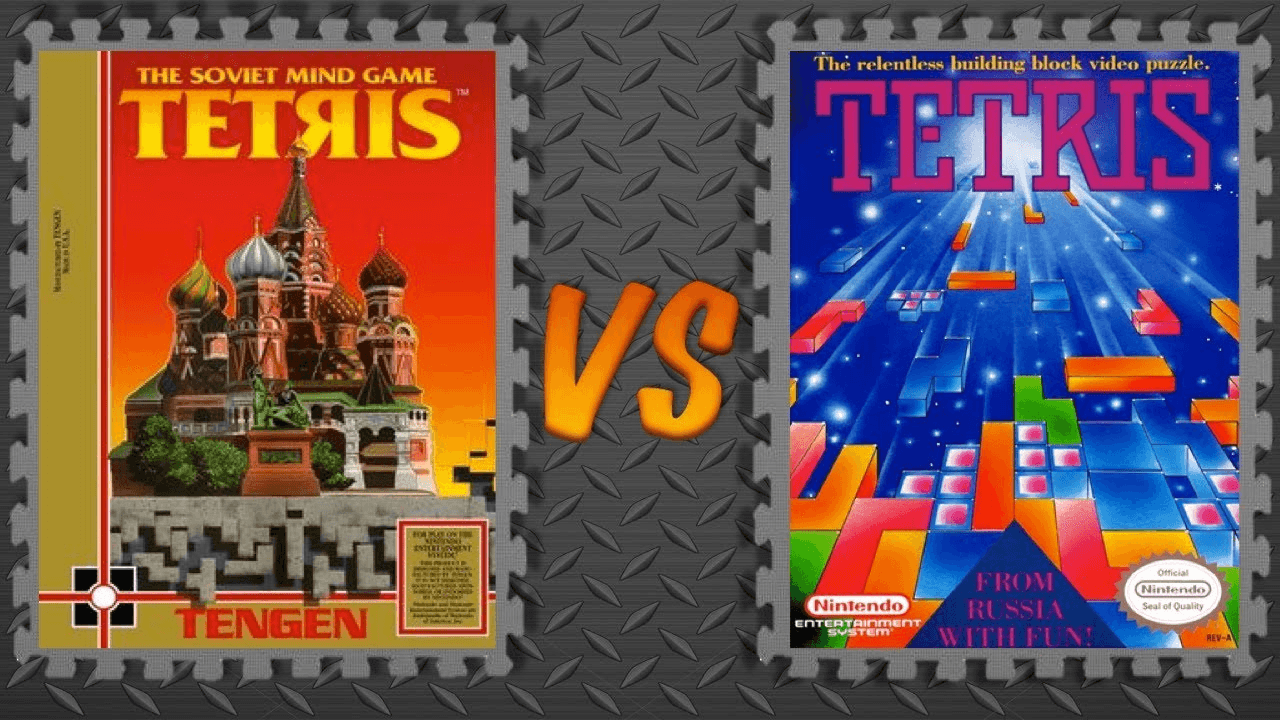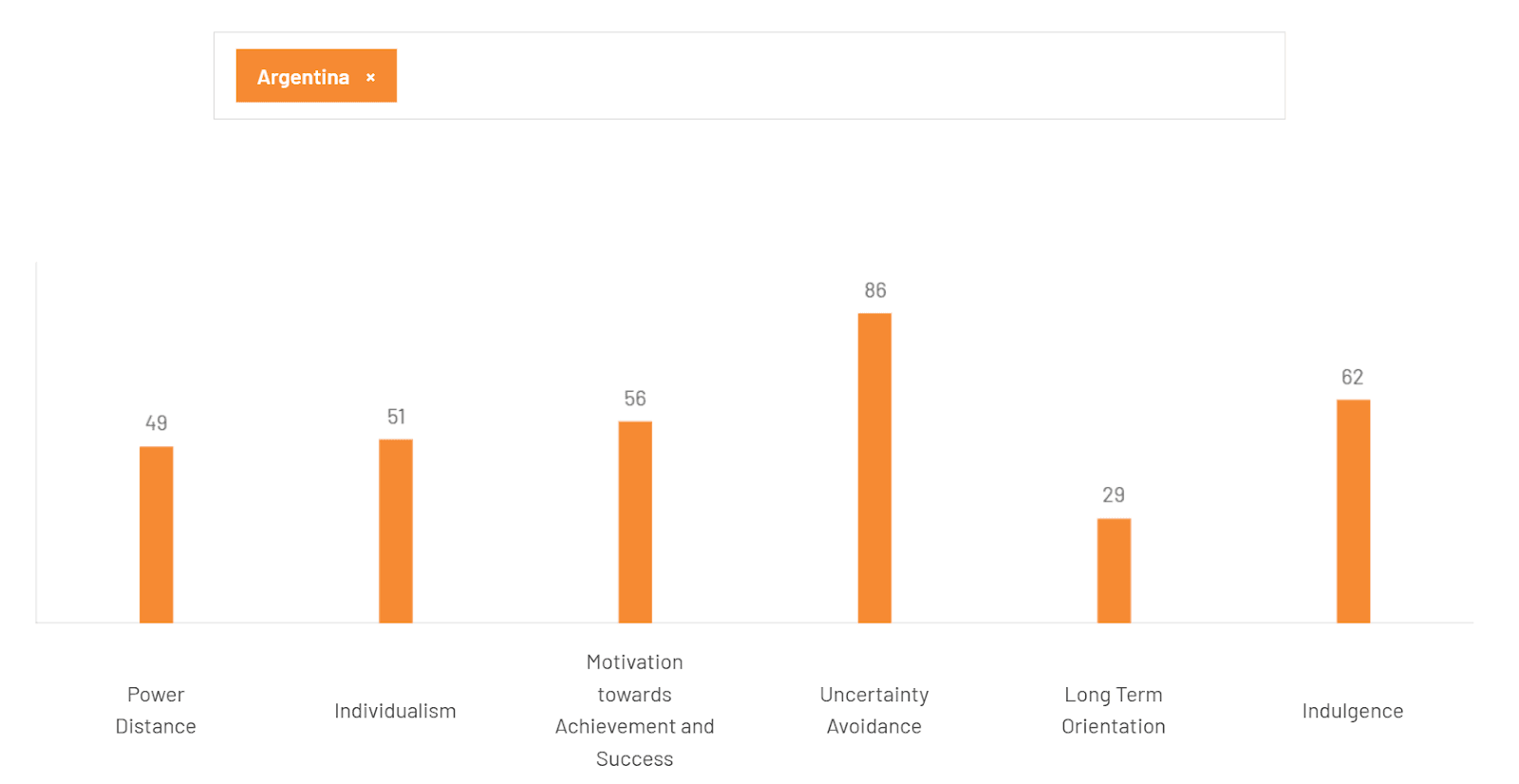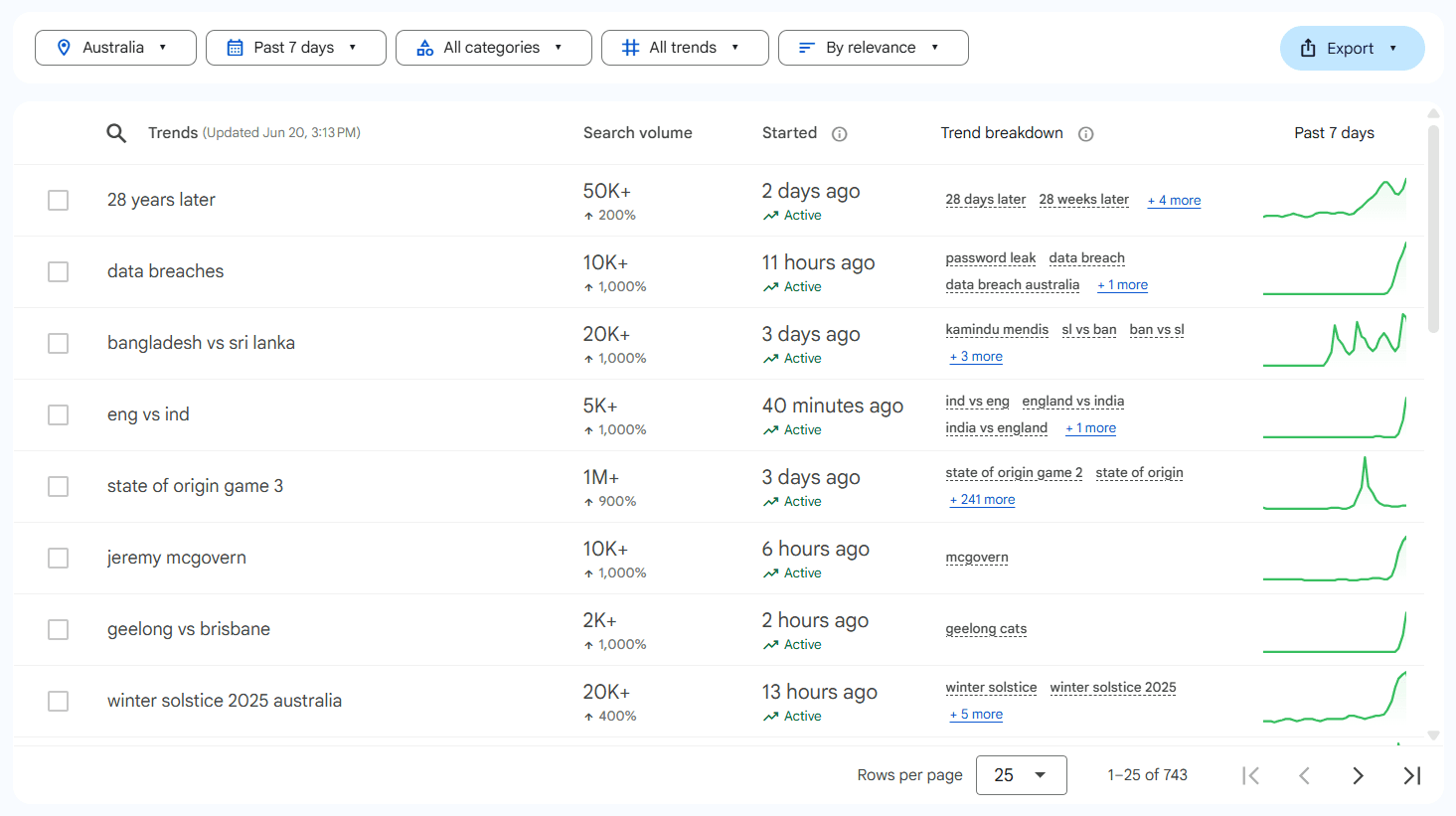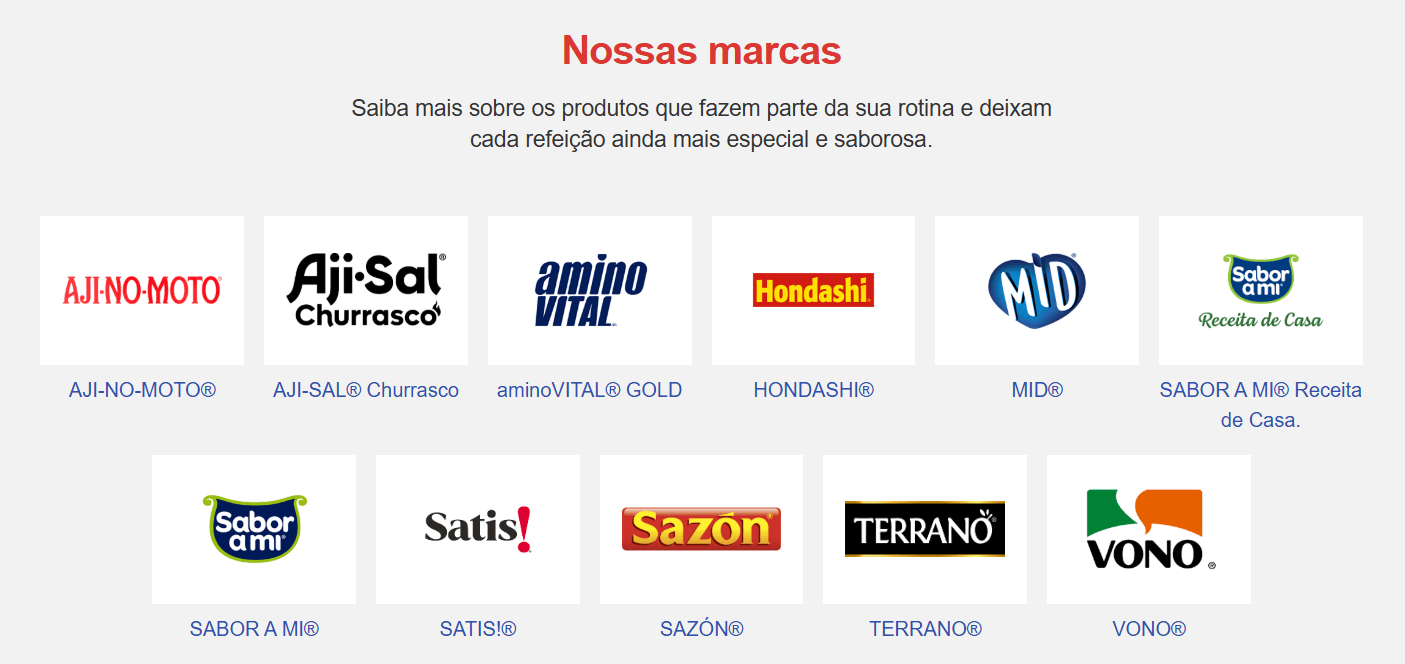What is Culturalization (And How to Get Started)

Brands can no longer rinse and repeat the same campaigns across different markets. A campaign that goes viral in Paris could alienate or confuse customers in Jakarta.
You have to go the extra mile—beyond translations and currency conversions—to become culturally relevant and bond with the local audience.
That’s where culturalization comes in.
Culturalization shapes your brand through the lens of cultural signals and experiences in a local market. It makes your brand feel more familiar, trustworthy, and respected.
In this article, we’ll unpack the meaning of culturalization and how to implement it with your brand, featuring real-world examples.
What is culturalization?
Culturalization is the process of adapting your brand to align with the cultural values, sentiments, and other nuances of a specific region. It requires you to study your local audience’s likes and dislikes and reimagine your product/service to feel respectful and emotionally relatable.
Let’s understand this with the example of a popular game, Tetris.
Originally designed in the Soviet Union, Tetris featured a lot of local imagery, such as red stars or onion domes. It also included a Russian folk tune as its theme song, Korobeiniki.
However, when the game expanded globally, its visual style, packaging, and music saw significant adjustments to resonate with different cultural audiences.
The Japanese version of Tetris included anime-style art and cutscenes, and some versions showed culturally themed backgrounds.

Culturalization vs. localization
The key difference: Localization gets your brand in the door. Culturalization decides whether you’re welcomed in.
Localization adapts your brand to a local market and tailors the customer experience for your target audience. It changes your tone, language, imagery, color scheme, currency, date, and more such elements.
Put simply, localization makes your product/service understandable and usable in a different region.
Culturalization, on the other hand, goes a few extra miles beyond localization. It’s a strategic effort to find the best way to assimilate with a region’s culture and communicate with the local audience.
This process helps your brand feel culturally appropriate, respectful, and emotionally relevant.
💡 To sum it up: Localization is like translating a joke into another language. Culturalization is realizing the joke won’t be funny in that culture, so you change it to a different, culturally relevant one.
How to implement culturalization for your brand
Culturalization doesn’t happen with a spray-and-pray approach. You need a clear-cut strategy and persistent effort to embrace the local culture and truly become a part of it.
Here are a few best practices to leverage culturalization for your brand the right way:
1. Build a culture one‑pager for every market
Start by documenting every crucial detail about the culture of your target market.
This is your space to jot down all your findings from market research, specifically related to the local culture. You want to cover the social, historical, religious, and pop‑culture signals of your new market.
Once all your insights are well-documented, distill everything into a one-page file.
This one-pager becomes a reference frame to quickly understand the culture you’re targeting. This comprehensive doc can also prevent any errors resulting from a lack of awareness about cultural nuances.
In your culture one-pager, include data from a country comparison tool that evaluates and scores a country based on Hofstede's six cultural dimensions. These values will explain deep-rooted cultural values like hierarchy, risk tolerance, and individualism. You can use this insight to shape your brand voice, messaging, and design.

2. Plan for micro‑moments, not just mega‑holidays
Every brand remembers Diwali or St. Patrick’s Day. Only a few focus on events like Singles’ Day in China or Children’s Day in Mexico.
The lesson: Big holidays are crowded, but micro‑moments give you a chance to surprise and delight your audience.
While most brands would overlook these smaller occasions, you can run relevant campaigns to bond with the locals and build a community.
Doritos went viral in Mexico with a heartfelt Day of the Dead campaign that celebrated local tradition and identity. Instead of defaulting to global trends like Halloween, the brand embraced a culturally meaningful moment to build a deeper connection with the community.

For every target region, create a calendar of cultural moments like:
- Unofficial festivals
- Big farmers’ markets
- Major sports rivalries
- School exam/holiday weeks
And more such locally relevant and celebrated events!
One way to do this is by using Google Trends. Filter by your target country and notice the spikes in search.
Dig deeper to find out why these spikes happened and plan a campaign to make an impression on your audience. It doesn’t have to be fancy. You can send a push notification, add a discount code, or make content for this occasion.
3. Get a pulse of your audience
A big part of culturalizing your brand is identifying and understanding cultural signals.
You should know what gestures are common or taboo in a culture, local humor that might delight or offend people, the symbolic meaning of different colors for the locals, and more such cues.
That means listening to what your audience is saying and thinking. Here’s how:
- Social listening: See what people are talking about on social platforms. This practice will reveal their moods and highlight the main topics of discussion. You can join in on the conversation through humor or empathy to gel well with your audience.
- Search trends: Use search engine data from Google or any other locally popular platform to discover what your audience is interested in at the moment. These insights will help create content that resonates better with the locals.

- Community feedback: Instead of conducting surveys or controlled focus groups, you can use community forums and video diaries to gather useful feedback. These methods can capture real-life user reactions to your product/service, showing moments of joy and friction.
Your culturalization efforts hinge on how well you know your audience. So, invest time in hands-on methods of audience research to find useful insights.
4. Work with a native copywriter to polish translations
The slogan “Feel the rush” becomes “Siente la prisa” in Spanish, which sounds like being rushed to get somewhere.
That’s the problem: Direct translation can keep meaning but lose flavor. It doesn’t have the emotional appeal and texture of the original phrase.
But working with a native-speaking copywriter can solve this problem. A native writer can fix this slogan by rephrasing it to “Vive la chispa” (Live the spark). This evokes the same emotions as the English version, but with culturally appropriate wording.
So, while you work with translators for your localization needs, partner with local copywriters to work on crucial assets like your website, billboards, social posts, and more.
✍️ Create a handy style guide
Keep your copywriters and translators on the same page by designing a style guide for your brand. This will include all the guidelines and necessary insights that they need to translate with consistency and accuracy.
5. Build a visual library for every target market
Stock photos can be one of the biggest turnoffs in your campaigns. People in China won’t resonate with your brand if your assets show generic photos of Americans.
Using locally sourced visuals is one of the key factors in brand culturalization.
Why?
Authentic imagery can be a huge trust signal because it makes people feel seen. When people can relate to your images, your message can strike a deeper chord with them.
So, set up a folder with images and videos taken on the ground in your target market. You can take these photos/videos on your own, or find royalty-free shots using the location filters on Unsplash or Pexels.
Include this folder in all your internal communication so your team knows which media assets to use for which market.
4 real-world examples of culturalization done right
If you’re ready to open the whiteboard and start planning your culturalization strategy, here are four real-world case studies to inspire you.
1. Zomato: Entering the UAE market with cultural sensitivity
Zomato, an India-based food delivery platform, expanded into Muslim-majority countries like the UAE through culturalization. Beyond translating its menus into Arabic and hiring a local support team, the brand made significant changes to align with Islamic cultural practices.
Here are some ways Zomato culturalized its product and brand for the UAE:
- Clear labels for halal food options
- Avoiding visuals of food during daylight in Ramadan ads
- Temporary pause on notifications during fasting windows
The brand also partnered with local influencers to create more relevant content for its target audience.

2. Huawei: Adjusting to varied regional identities in Africa
Huawei, a leading telecom brand from China, forayed into the African market with many culturalization tactics.
For example, when expanding into Egypt and Algeria—two Muslim-majority countries, the company created smartphones with a built-in feature to send prayer reminders and find nearby mosques.

The brand also entered Kenya and Nigeria with specific cultural modifications. The brand added local languages like Swahili, Yoruba, and Hausa. They also added microcopy with African proverbs. So, a simple text like “Still loading” became “Patience can cook a stone.”
The takeaway? Instead of treating Africa as a monolith, Huawei recognized regional identity and reflected it in its subtle design choices.
3. Telenor: Adapting to economic and cultural realities in Pakistan
Telenor, a telecommunications brand from Norway, modified its products to meet the needs and expectations of the Pakistani market.
Since people in Pakistan prioritize family values and share mobile phones with relatives, the brand created family share plans.

Telenor also shifted its focus to community and affordability from tech innovation. Plus, they designed a low-balance emergency calling feature to let users make calls with zero credit.
4. Ajinomoto: Adapting Japanese flavors for Brazilian kitchens
Ajinomoto is a Japanese multinational food brand known for producing condiments with amino acids. When the brand wanted to enter the Brazilian market, it faced a major challenge: the difference in cuisines and cooking styles.
In a bid to culturalize, the brand reworked its condiments to better blend with Brazilian flavors. They also created Portuguese products to go well with local recipes.
Ajinomoto’s collaboration with Brazilian chefs helps to culturalize the brand even further. They repositioned the brand’s core message from Japanese secret to Better Brazilian flavor.

Embrace local cultures with culturalization done right
Culturalization is an ongoing effort. You have to consistently pay attention to cultural signals around you to create authenticity for your brand and show up with the kind of relevance that can’t be faked.
Implementing this strategy requires the right tools to collaborate with your team. With Lokalise, you can build a strong infrastructure to manage your continuous localization and culturalization efforts, without missing a beat.
Try Lokalise for 14 days for free and see the difference it can make for you.
Author
Shreelekha has spent the last 7 years helping B2B brands tell their stories through product-led content. Her ability to perform deep, journalistic research and build engaging narratives around complex topics is one of her strongest suits.
Thanks to her collaboration with eCommerce-focused brands, she's written extensively about international growth and gained firsthand experience in localized marketing. As she researched markets across Europe, the Americas, and Asia, she developed an instinct for cultural nuances that shape how different audiences engage with content. This sparked a deeper curiosity about how people navigate the virtual world. Through her contributions to the Lokalise blog, she's pursuing this curiosity.
Shreelekha is also skilled at creating product-led content. Her work with brands like WordPress, Backlinko, Softr, and Riverside continues to hone her skills as a writer, researcher, and marketer.
A big football and F1 fan, Shreelekha is currently learning Spanish and Japanese to feel more connected to her favorite sports and athletes.
Stop wasting time with manual localization tasks.
Launch global products days from now.
Case studies

Behind the scenes of localization with one of Europe’s leading digital health providers
Read more Case studies
Support
Company
Localization workflow for your web and mobile apps, games and digital content.
©2017-2025
All Rights Reserved.
